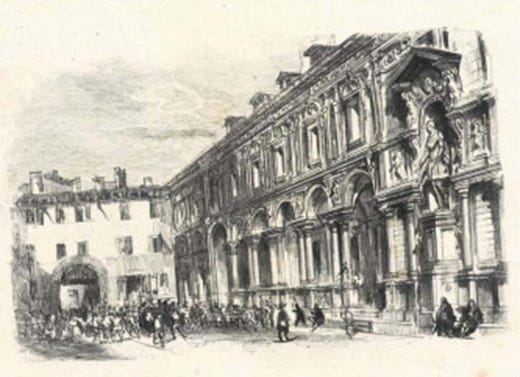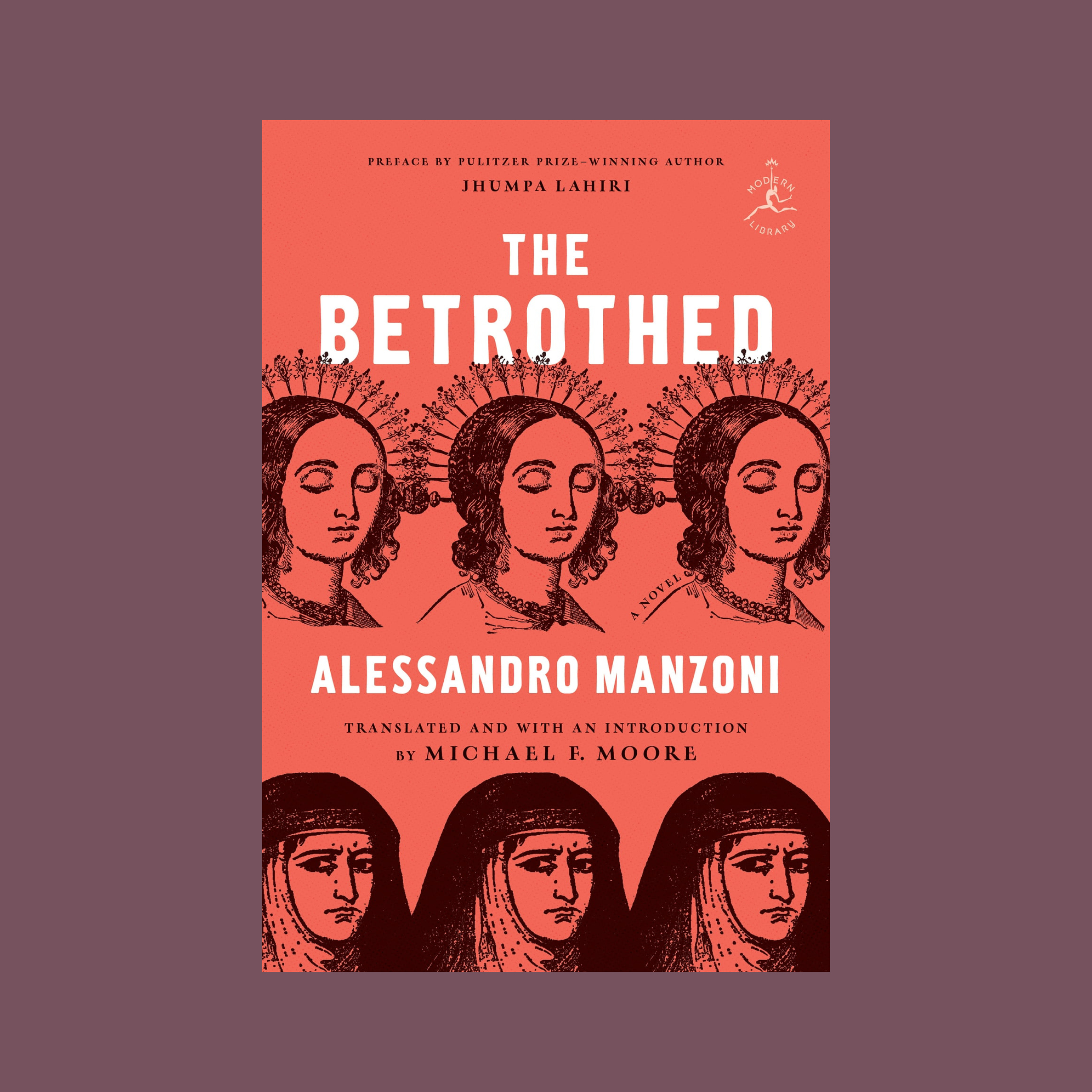APS TOGETHER
Day 18
The Betrothed by Alessandro ManzoniChapter 12
March 10, 2023 by Michael F. Moore
“The particular circumstances I am describing here were like the sudden spike of a chronic illness.”
Foreign occupation as a “chronic illness.” If you haven’t already, now would be a good time to read the historical background I provide on pages 659-660.
A short lesson in economics to introduce the bread riots:
“Ferrer saw—and who would not?—that a fair price for bread is a very desirable thing. He thought—and this was his mistake—that all it would require was an order from him. He set the bread meta (as they called the tariff on foodstuffs) at a price that would have been fair if the average price for grain had been thirty-three liras a bushel, when in reality it sold for as much as eighty.”
Manzoni clearly knows the English economists and their theories: Adam Smith, Jeremy Bentham, and Thomas Malthus. This novel really is encyclopedic.
The battlefield that Manzoni depicts is not in Casale, but on the streets of Milan; not between soldiers, but between citizens.
“At the sight of the spoils, the conquering army dropped all plans for a gory revenge. They raided the pantries and looted the bread.”
In the midst of the turmoil, a comment on language:
“On the street called the Corsia de’ Servi, there used to be, and still is, a bakery whose name has remained the same. In the Tuscan dialect, its name would be Il Forno delle Grucce (the Crutches Bakery), but in Milanese, it consists of words that are so bizarre, so hard to pronounce, and so barbaric, that the Italian alphabet can barely approximate the sound: El prestin di scanse.”
Piazza de’ Mercanti and the Cordusio are still there today, just off Piazza Duomo. I’d love to do a walking tour of Renzo’s Milan.

